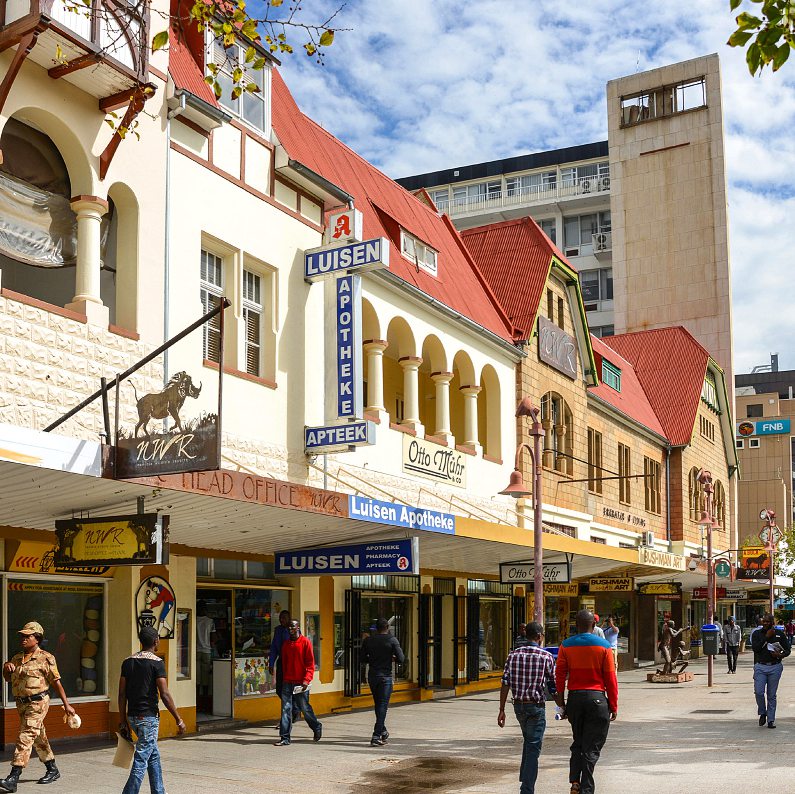Windhoek, Namibia:
A painful legacy

Welcome to the ‘windy corner’ (in Afrikaans), a ‘small’ city of 500,000 people, quiet, clean, orderly, laid out in straight lines, with a Germanic feel. An apparent serenity and a sometimes surprising architectural imprint barely conceal the wounds of its history. As a German colony from 1884 to 1915, Namibia was the site of the massacre of the rebellious Herero and Nama peoples by the infamous General Lothar von Trotha's forces. And under South African rule, the nation was subjected to the same apartheid laws from 1948 onwards... Namibia is also the third youngest independent country in Africa (1990). Since then, the capital, located in the centre of the country, has turned towards modernity, with policies focused on energy transition, green hydrogen projects, agribusiness and sustainable tourism. It is investing in infrastructure – the A1 road network, the extension of Hosea Kutako Airport, etc. Paradoxically, investors are also rushing to take advantage of the prospects for gas and hydrocarbons. Windhoek is also the gateway to a high-end tourism industry. In 2023, visitor numbers peaked at 900,000, attracted by the country's famous landscapes of red dunes, lunar plains and dry river beds, as well as its exceptional wildlife. The state seeks to maintain a smart and proactive nature conservation policy that protects unique territories and wildlife. However, historical inequalities, high youth unemployment, climate change and exceptional droughts are undermining a model that strives to be exemplary.